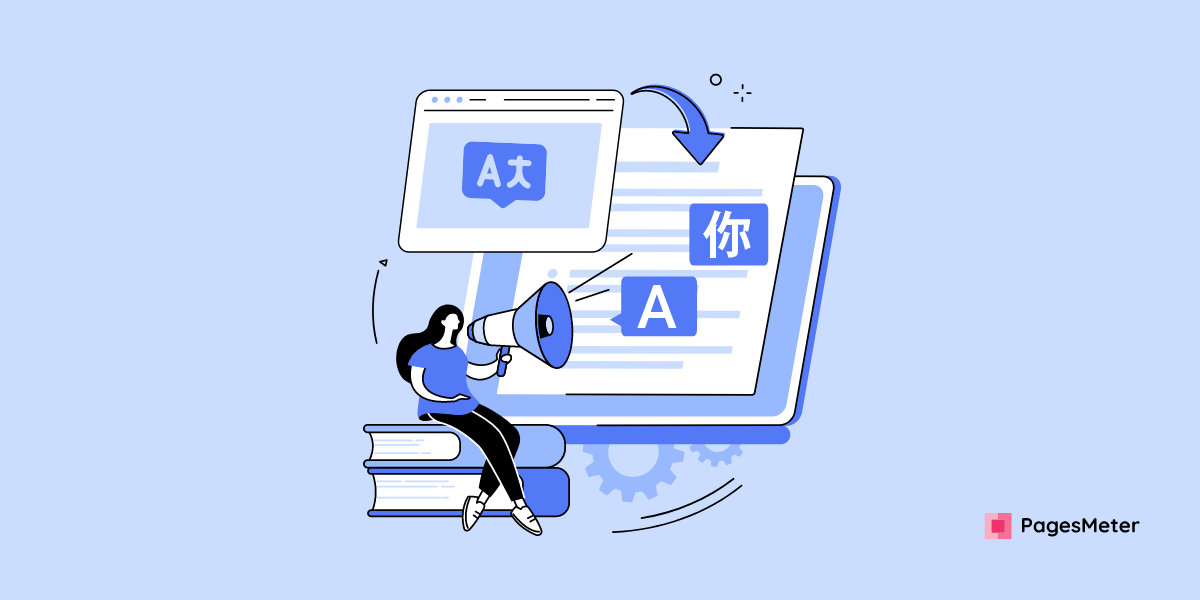
The hreflang attribute is used to specify which language your content is in and which geographical region it is intended for.

A search engine spider has a "allowance" for how many pages on your site it can and wants to crawl. This is referred to as a "crawl budget."

The URL redirect also known as URL forwarding is a technique to give more than one URL address to a page or as a whole website or an application.

The rel attribute describes the connection between the current document and a linked resource.
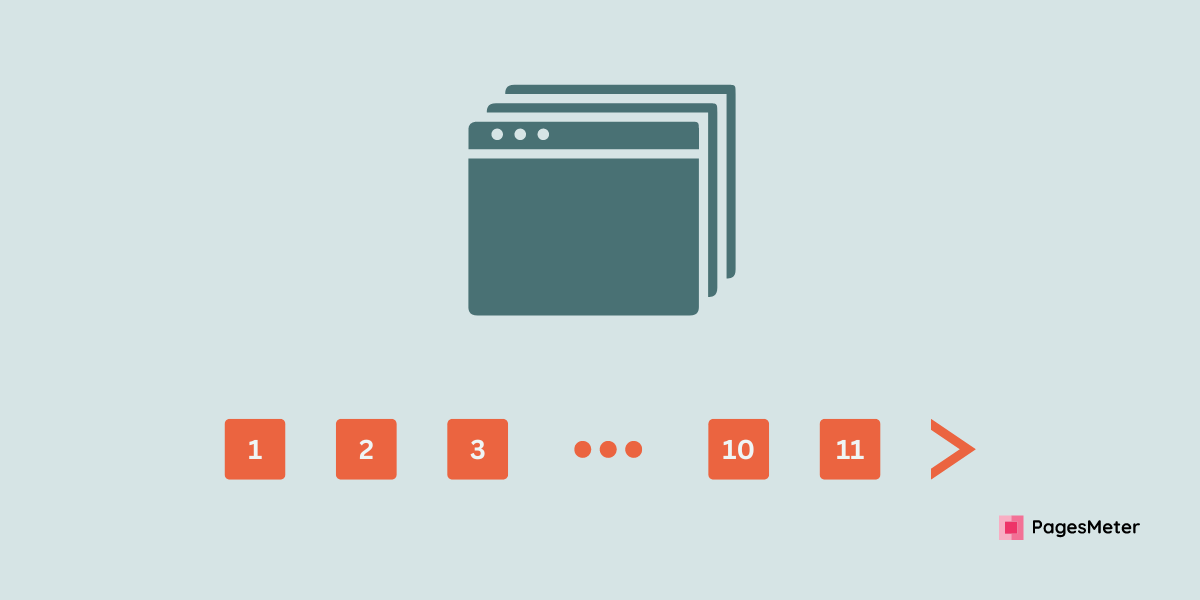
Pagination is a technique for dividing content into multiple pages. It is a popular and widely used website technique for organising long lists of editorials or products.

A canonical URL is the URL of the most representative page among several duplicate pages.

A robots.txt file contains instructions for bots. Most websites include this file in their source code.

This link relation is used to indicate to search engines the relationship between a desktop and a mobile website.

Uniform Resource Locator, or URL, is a term. It alludes to the internet's digital address for web pages.
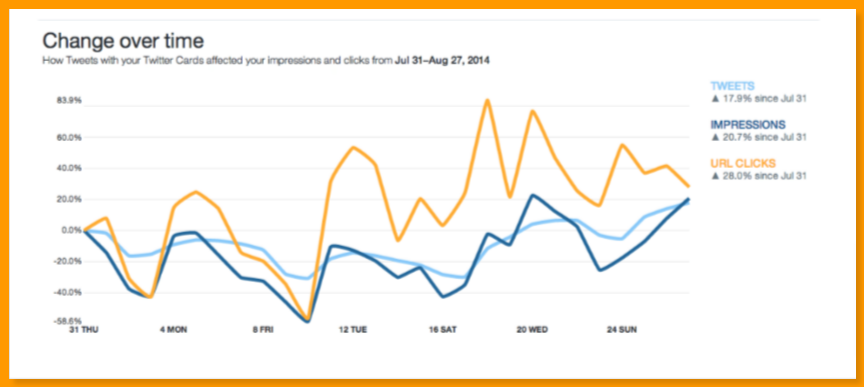
Twitter Cards is a feature that lets Twitter users optimize how the content is presented in tweets. Twitter users may utilize Twitter Cards to improve how content is displayed in tweets.

Generally, AMP or Accelerated Mobile Pages is a Google project that aims to improve the mobile web experience.

Crawl Budget is the number of pages crawled and indexed by Google bot on a website in a given time frame.
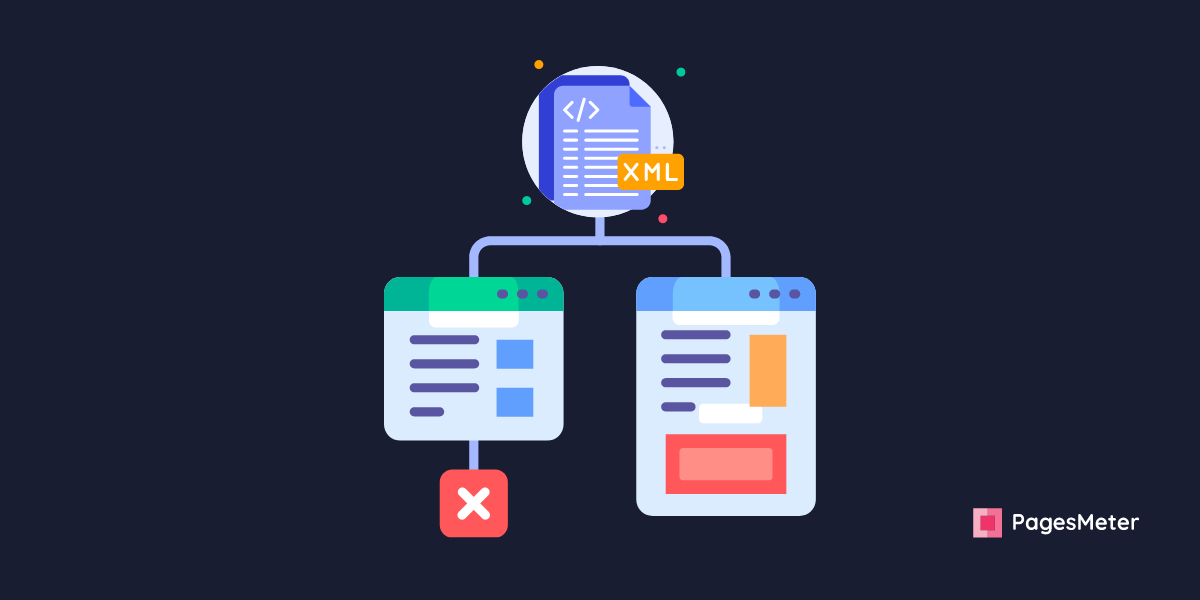
An XML sitemap is a file that lists all of a website's important pages so that Google can find and crawl them all.
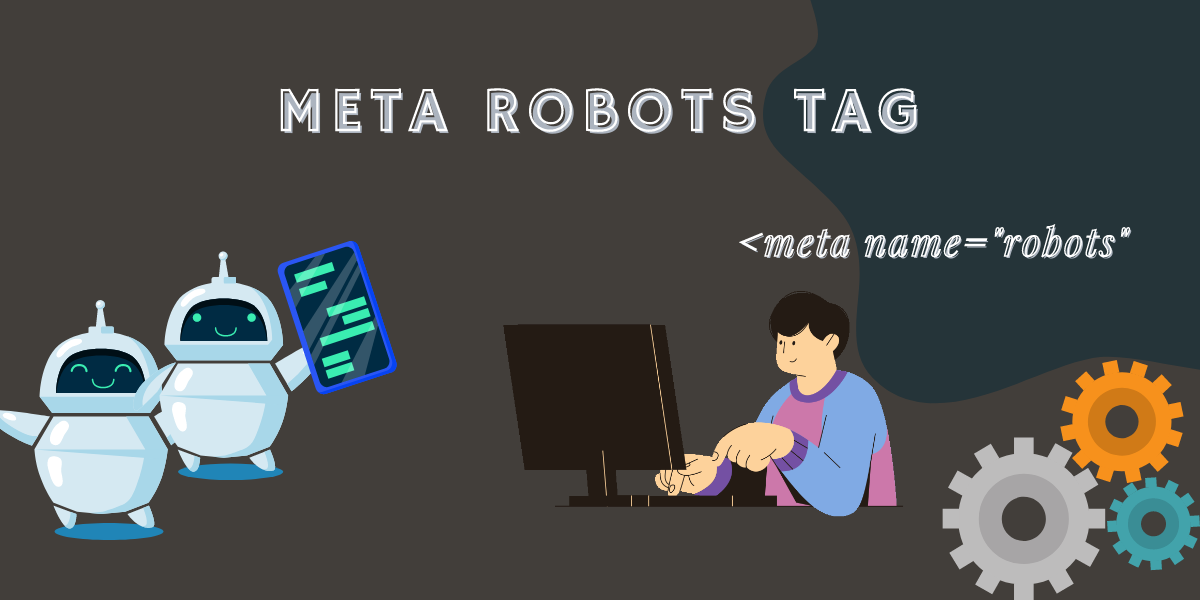
Meta robot tags are an essential tool for improving search engine crawling and indexing behavior and controlling your SERP snippets.